Coming from this question, I decided to have some changes. So my case is I have an LED with this description:
- Dimensions (diameter x height): 20 x 8 mm
- Operating voltage: 3,4-3,6 V
- Rated current: 700 mA
- Power Dissipation: 3 W
- Lighting angle: 120°
- Luminous flux: 160 lm
- Color temperature: 6500-7000 K
- Mounting: Installed on an additional radiator
- Glow Color: White
Then I have AA Li-ion 18650 3.7V, 3000 mAh rechargable battery, 21*15*10MM TO-220 aluminium radiator, TP4056 Li-ion battery charger and 2 A, 1 Ohm resistor.

simulate this circuit – Schematic created using CircuitLab
If I'll construct it this way, is everything is gonna be alright? I don't have every detail shipped yet and I'm out of time
UPD: updated my circuit by adding 1S PCB Bms protection board. Will this flashlight work properly for couple of months?

